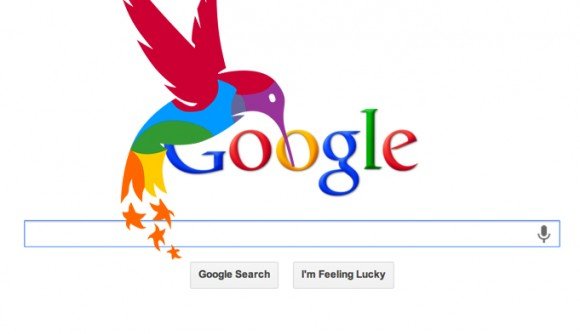When Hummingbird was announced, it was set to be a complete overhaul of what had been Google’s existing algorithm up until that point. But while Google’s new Hummingbird algorithm may have tightened up ship and enhanced the search experience, it wasn’t nearly as dramatic of a change as many seemed to predict, leaving some asking: what’s really actually changing when it comes to ranking factors?
Google’s Hummingbird Algorithm: What’s Really Changed?
Hummingbird’s main goal, like Google’s main goal, is to provide the best user-experience possible. There are two parts to this process: one, to better understand a searchers query, and two, to better answer that query. And while the idea of a whole new algorithm make make it seem like old ranking factors used to determine a site’s ability to answer a query may be forgotten, that’s not the case. Great content still matters, linking still matters, branding matters, and online authority, popularity, and relevance matter more than ever. the biggest difference is that now, thanks to Hummingbird, Google is better able to detect, to analyze and to understand each of these elements.
And more than that, since Google’s algorithm is increasingly sophisticated, it has even more factors at it’s disposal that it’s able to utilize to better understand which sites are relevant, useful, popular, and ultimately the right fit for their searchers. And one of those new and improved factors? Social signals.
When Google attempts to identify the meaning behind search and then find the most fitting response, knowing what people are talking about, sharing, +1ing, linking to and liking are key. And while social media has played a role in rankings for a while now, it’s becoming more important than ever because Google is better able to interpret it than ever.
What seemed to fly under the radar with the roll out of Google’s Hummingbird algorithm, was the reality that things like Google+ or Facebook data are now stronger influencers in their rankings.
Are Social Signals a Reliable Ranking Factor?
Social signals are becoming increasingly important to the infrastructure of the way google understands sites, brands and more. What many are concerned about with this move to make social signals more ingrained as elements of search rankings, however, is that they can be “easily polluted.” In other words, there are complaints that fake friends, bought likes, and more could unfairly skew a brand’s popularity, inaccurately alter online authority, and unjustly promote falsely “popular” sites in the search rankings.
What search experts like Search Engine Land’s Danny Sullivan argue, however, is that the fear of ranking factors being polluted isn’t enough to stop search engines from utilizing them to the best of their abilities. Social signals can’t be 100% verified all of the time and social signals could be gamed, sure, but, as Sullivan sarcastically points out, “goodness knows, we would never game link signals, right? That would never happen.” Linking, which has been a tried and true ranking factor, has been heavily polluted, bad links are easier to list than good ones, people buy them and sell them, and sites try to game the system. The true point here is that the fear of “black hat” tactics will always be there, but these ranking factors are no less valuable.
What’s so great about social likes, shares, and more as signals to Google’s algorithm, is that they’re natural actions that web users want to take. Linking, blogging, content sharing and so on are some of the most powerful ways to drive rankings, but they can involve a bit of effort. Social sharing, on the other hand, is essentially intrinsic for modern web users. People want to share their experiences online, and most of the time, they want to do that on social platforms. A great experience with a business gets shared on Facebook, a new product gets tweeted about, helpful sites and listings get ranked and written about on Google+ and so on–which is what makes them so great as indicators of what searchers really like and want, and so potentially powerful as tools for sites like Google.
What Does this New Focus on Social Signals Mean for You?
Now that Google is better able to interpret social signals, Google’s making it more difficult for one tactic (like linking) to dominate, to have a democracy over all others.
The takeaway for your business? Diversify your strategy. Create comprehensive social media and SEO campaigns that involve everything from onsite optimization to linking to content sharing to (of course) social media sharing. In short, go out there and start getting social.
Regardless whether or not social signals are what show Google your true value, they certainly have the power to show your customers. Share content, engage your fans, friends and followers, and start taking advantage of these platforms with the potential to bring you new leads and create even more loyal customers.
